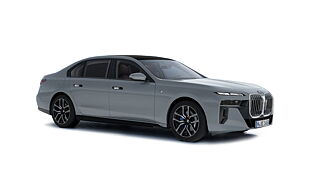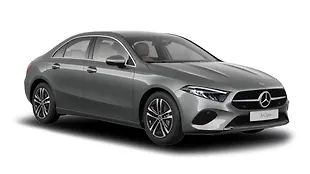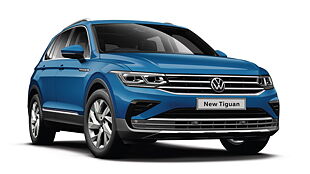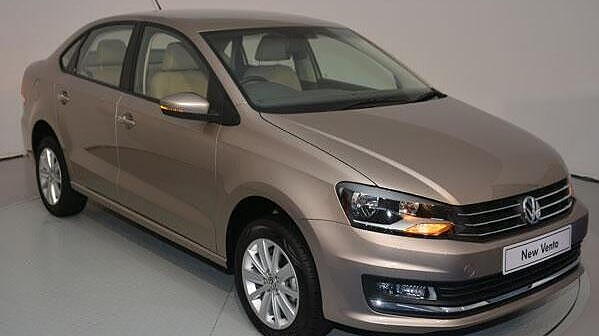
Volkswagen has officially lifted the covers off the new updated Vento, less than eight months after giving the C-segment sedan its first facelift. Unlike the previous facelift though, the new Vento features a comprehensive set of cosmetic upgrades to make it easily distinguishable from the previous iterations.

The aesthetic upgrades in the new Vento have been inspired from the new Jetta and the bigger Passat sedans. The front features a new bumper and a chrome grille with three vertical slats. The lower bumper gets horizontal fog lamps which now integrate the cornering lights and a chrome strip which runs the entire length of bumper. The rear of the new Vento also gets a redesigned bumper and new tail lamps. Volkswagen seems to have identified the Indian customers’ love for chrome as the blingy metal now adorns the rear bumper, bootlid, door handles as well as the exhaust pipes.
As the previous facelift featured some significant revisions for the interior, Volkswagen has left the overall layout of the new Vento’s interior untouched, except for the addition of a few creature comforts. The new Vento will come with cruise control, cooled glovebox, a dead pedal, external boot release and auto-folding mirrors.

Mechanically, the new facelift is identical to the previous car and the Vento continues to be offered with the option of a 1.6-litre petrol, a 1.2-litre petrol TSI and a 1.5-litre diesel. Both the petrol engines produce 103bhp and 153Nm of torque while the diesel unit is rated at 103bhp and 250Nm of torque. While Volkswagen offers a seven-speed DSG gearbox for all the 1.2-litre TSI variants as well as the top-end Comfortline diesel variant, the manual variants are available with a five-speed unit.
Prices of the new Vento facelift are expected to be revealed in the next few weeks. The Vento competes with other C-segment sedans like the Maruti Suzuki Ciaz, Honda City, Hyundai Verna, Skoda Rapid, Ford Fiesta and the Fiat Linea.

![Volkswagen Vento [2014-2015] Image Volkswagen Vento [2014-2015] Image](https://imgd.aeplcdn.com/272x153/cw/cars/discontinued/volkswagen/vento-2014-2015.jpg?q=80)







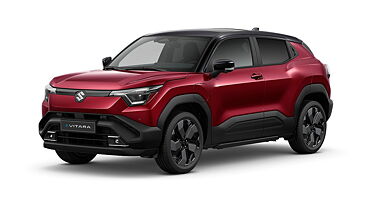



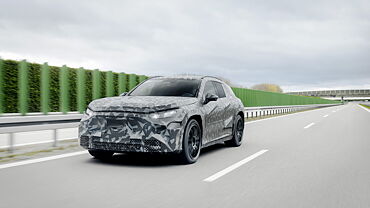



![Volkswagen Vento [2014-2015] Right Front Three Quarter Volkswagen Vento [2014-2015] Right Front Three Quarter](https://imgd.aeplcdn.com/199x112/ec/a2/3F/14227/img/m/Volkswagen-Vento-Right-Front-Three-Quarter-49085_ol.jpg?v=201711021421&q=80)
![Volkswagen Vento [2014-2015] Right Front Three Quarter Volkswagen Vento [2014-2015] Right Front Three Quarter](https://imgd.aeplcdn.com/199x112/ec/a2/3F/14227/img/ol/Volkswagen-Vento-Right-Front-Three-Quarter-30647.jpg?v=201711021421&q=80)
![Volkswagen Vento [2014-2015] Left Front Three Quarter Volkswagen Vento [2014-2015] Left Front Three Quarter](https://imgd.aeplcdn.com/199x112/ec/a2/3F/14227/img/m/Volkswagen-Vento-Left-Front-Three-Quarter-30646_ol.jpg?v=201711021421&q=80)
![Volkswagen Vento [2014-2015] Interior Volkswagen Vento [2014-2015] Interior](https://imgd.aeplcdn.com/199x112/ec/a2/3F/14227/img/ol/Volkswagen-Vento-Interior-30648.jpg?v=201711021421&q=80)
![Volkswagen Vento [2014-2015] Steering Wheel Volkswagen Vento [2014-2015] Steering Wheel](https://imgd.aeplcdn.com/468x263/ec/5F/AA/17513/img/ol/Volkswagen-Vento-Steering-Wheel-46787.jpg?v=201711021421&q=80)








